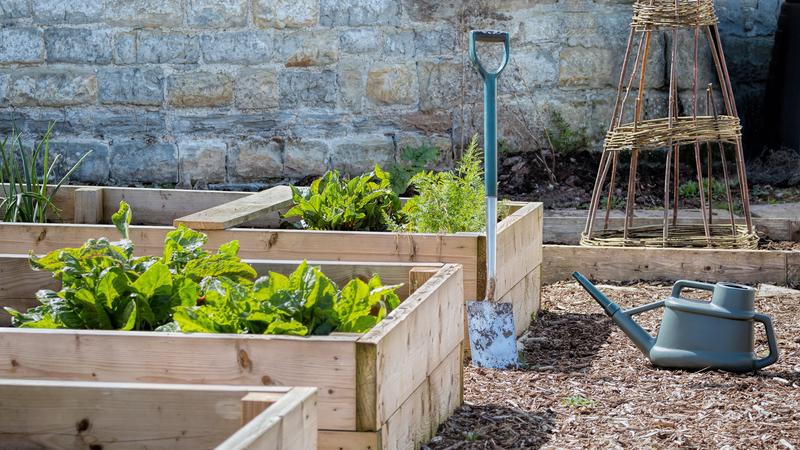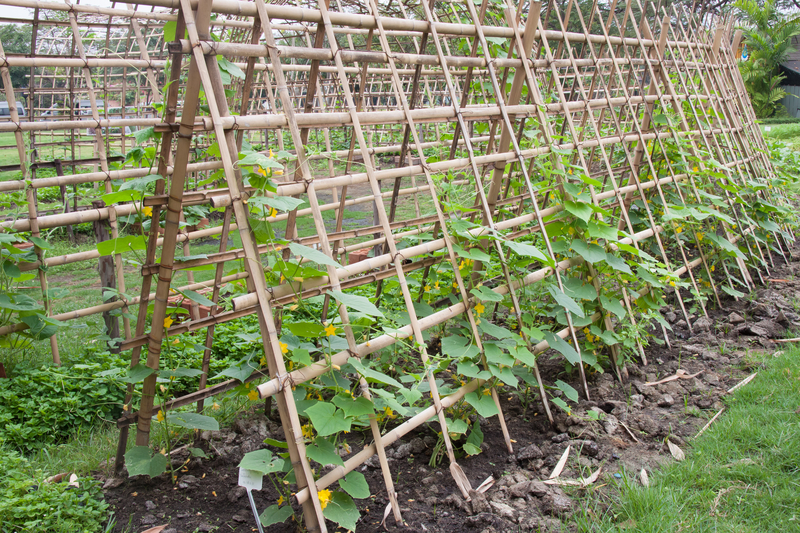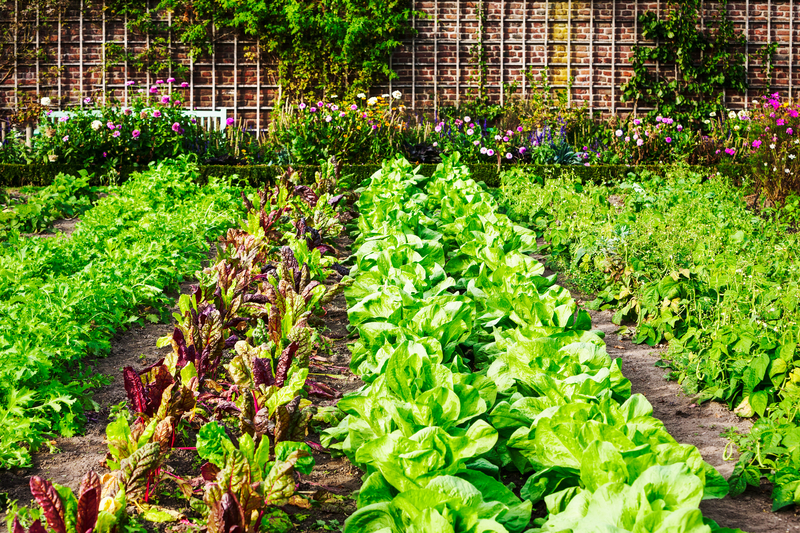Do you believe that even in just a small piece of space you can harvest enough tomatoes for your family and still have some surplus? Well, if you didn’t, you need to be aware that with the best kind of farming practices, this is more than possible. You may be asking yourself how this is possible and this can only be done by magical methods!
The good news is that there’s totally no magic needed. You just need to do the right things in the right way and you’re good to go. Here, we want to give you some of the top vegetable gardening tips you can practice to get higher yields, and is apart of garden maintenance to make sure that you will have the perfect backyard that you’ve always wanted. They are as follows:
1. Use Rich Soil and Plant on Raised Beds
According to experts, the one most important factor in getting higher yields is by using rich and quality soil. Soils that are deep and rich in organic matter make roots to grow healthy and extensive enough to reach more water and nutrients. The quickest way to obtain a deep soil layer is by making raised beds.
It’s been found out that the beds have the ability to produce four times higher than rows for the same amount of space. It makes spacing more efficient and this allows for more vegetables. Raised beds also save you a lot of time as plants grow close enough together making it difficult for weeds to survive. This means that you won’t need to make time for weeding.

2. Ensure that you round out the soil in the beds
Making the soil on the beds to take around shapes is another top tip to increase yields in your vegetable garden. When the soil on the beds is rounded gently to form an arc, this helps you use the space efficiently too. By doing this, you can gain up to 20% of the space that you use for planting. On these rounded beds, crops such as spinach, lettuce, and other greens can be planted perfectly.
3. Plant in triangles instead of rows
Paying attention to how you arrange the crops on each bed also helps in getting maximum yield. Planting in rows and square patterns isn’t the best method for proper utilization of space. The better way of planting is in triangular patterns as it allows you to plant 10-14 more vegetables in a single bed.
4. Interplant crops that are compatible
Compatible crops planted on the same vegetable garden are also helpful for saving space.
5. Cover the beds to stretch the season
At the end of every season, you can add a few weeks so that you get to plant another succession crop. To do this, you need to ensure that you keep the air around the crops warm by using cloches, mulches, cold frames, and row covers.
6. Grow Climbers for proper space utilization
Going vertical is a great way to grow more crops irrespective of the how small your garden is. These climbers include tomatoes, squash, pole beans, melons, tomatoes and cukes. The crops should then be supported by stakes, cages, fences and trellises. The climbers also help to save time because when harvesting and carrying out maintenance, you can go faster as you are able to see the location of the fruits and vegetables. Climbers also are less likely to be affected by the fungus as air circulation is improved around the leaves.

7. Carry out timely planting
By successively planting crops, you can grow more crops than one in a space during the season of growth. In this way, you can harvest 3 or 4 crops in one area.
These are the top 7 tips for more efficient growing crops in your vegetable garden and be able to the methods of planting.
